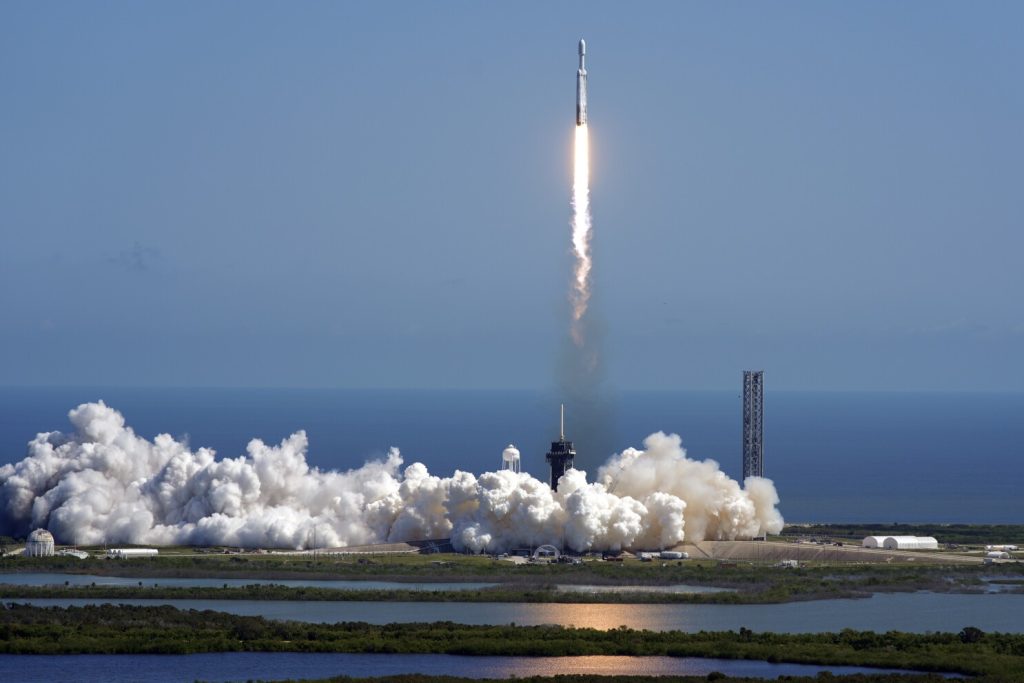China Unveils National Development Program for Space Science Through 2050

Beijing, The Gulf Observer: China has officially launched a national mid and long-term development program for space science, outlining its strategic planning for space missions and research from 2024 to 2050. This groundbreaking program, the first of its kind at the national level, was jointly announced by the Chinese Academy of Sciences (CAS), the China National Space Administration, and the China Manned Space Agency during a press conference hosted by the State Council Information Office.
The comprehensive program delineates development goals for China’s space science initiatives, encompassing 17 priority areas across five key scientific themes and a three-phase roadmap.
Vice President of the CAS, Ding Chibiao, elaborated on the five key scientific themes that will guide China’s space exploration efforts. These include:
- Extreme Universe: This theme focuses on investigating the origin and evolution of the universe and uncovering physical laws under extreme cosmic conditions. Priority areas encompass research into dark matter, cosmic baryonic matter, and the universe’s origin and evolution.
- Space-Time Ripples: This theme aims to detect medium to low-frequency gravitational waves and primordial gravitational waves, seeking to enhance understanding of gravity and space-time. A significant priority area is the development of space-based gravitational wave detection.
- Sun-Earth Panoramic View: This theme involves the exploration of the Sun, Earth, and heliosphere to comprehend the complex interactions within the Sun-Earth system. Key focus areas include Earth’s cyclical systems, comprehensive observations of the Earth-Moon system, space weather observation, and three-dimensional solar exploration.
- Habitability of Celestial Bodies: Scientists will investigate the potential for life on celestial bodies within the solar system and exoplanets. Important areas of research include sustainable development, the origin and evolution of the solar system, characterization of planetary atmospheres, and the search for extraterrestrial life.
- Biological and Physical Sciences in Space: This theme aims to reveal the laws governing matter movement and life activities in space, deepening the understanding of fundamental physics, including quantum mechanics and general relativity. Priority areas encompass microgravity science, quantum mechanics, and space life sciences.
The program lays out a structured roadmap for the development of space science in China, divided into three phases:
- Phase One (2024-2027): The focus will be on operating the Chinese space station, advancing the manned lunar exploration project, and executing the fourth phase of the lunar exploration program, along with planetary exploration initiatives. Five to eight space science satellite missions are expected to be approved during this phase.
- Phase Two (2028-2035): During this phase, China plans to construct an international lunar research station and conduct approximately 15 scientific satellite missions.
- Phase Three (2036-2050): The final phase will see the launch of over 30 space science missions.
This ambitious program signifies China’s commitment to advancing its space science capabilities and enhancing its role in global space exploration.


